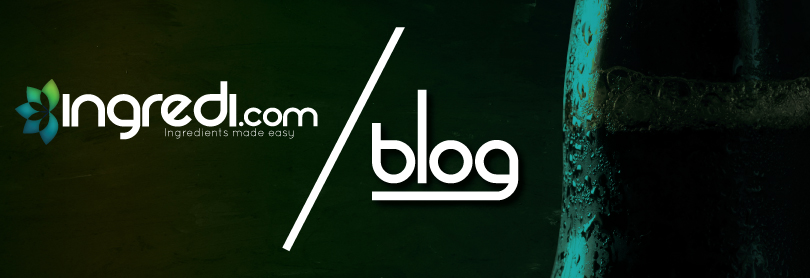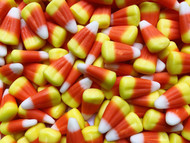Candy Corn: Is it a Delicious or Disgusting Halloween Candy?
By on Sep 23rd 2019
Love it or hate it, candy corn is a staple of the Halloween season. The sweet tri-colored treat trickles its way into stores every October but not without controversy. It truly is the most polarizing Halloween candy. Have you ever wondered why people love—or hate—candy corn so much? Both sides have compelling (albeit biased) arguments that require analysis to understand the great candy corn debate.

The History of Candy Corn
George Renninger, a candy maker at the Wunderle Candy Company in Philadelphia, is the man to thank (or blame) for creating candy corn during the 1880s. It was a real innovation of its time. While buttercreams with agricultural themes were a common candy at that time, George’s unique layering effect caught the attention of candy-lovers throughout Philadelphia. His hard work of creating the candy by hand paid off and the novelty of his candy spread.
In 1898, George’s recipe made its way to the Goelitz Confectionary Company, now the Jelly Belly Candy Company. The candy corn we know today is a seasonal commodity that pops up once a year. However, at that time, candy corn went by another name— Chicken Feed— and was marketed as a year-long treat. This strategy was used to appeal to America’s agricultural roots, considering about half of the nation’s labor force lived on farms.
Trick-or-treating became a popular phenomenon in the 1950s, which meant a higher demand for candy in October. Thus, candy corn was advertised as a seasonal treat perfect for Halloween. Today, more than 35 million pounds (roughly 9 billion individual pieces of candy corn) are sold each year—an impressive feat for a candy that arouses mixed opinions.
Why Do People Love Candy Corn?
Candy corn is the most popular Halloween candy in Alabama, Idaho, Michigan, Nevada, New Mexico, and Rhode Island and ranked sixth overall across the United States. Clearly, a lot of people love candy corn. But why?
Those who love candy corn claim the sweet treat not only tastes amazing but also sparks nostalgia. Many grew up associating candy corn with the excitement of fall and impending Halloween season. Some strictly love it for memories that it brings.
Of course, some people love candy corn for its taste: marshmallow, vanilla, and caramel notes that create candy corn’s unique, sweet flavoring.
Why Do People Hate Candy Corn?
Despite its commendable fan base, candy corn is ranked second as America’s worst Halloween candies. Those who hate candy corn absolutely despise it. What’s the logic behind candy corn hatred? The taste.
People who hate candy corn compare its taste to wax and plastic. They also detest the copious amounts of sugar that are evident in every bite.
Candy Corn Ingredients
Believe it or not, candy corn is fat-free with only seven calories per piece (140 calories per serving). In comparison, one package of Twix contains 286 calories, which is over double the serving size of candy corn. Don’t be fooled though: candy corn still contains plenty of sugar, but it wouldn’t be a Halloween candy without it.
This mellow cream candy contains the following ingredients:
National Candy Corn Day
Although candy corn is a controversial candy, it has its own national holiday on October 30 (that’s when people buy the most candy corn). No matter how you feel about the candy, its century-long production is commendable.
Which side are you on? Is candy corn your must-have seasonal treat or worst nightmare?
Sources:
https://www.candystore.com/blog/facts-trivia/halloween-candy-map-popular/
https://www.candystore.com/blog/holidays/halloween/definitive-ranking-best-worst-halloween-candies/






